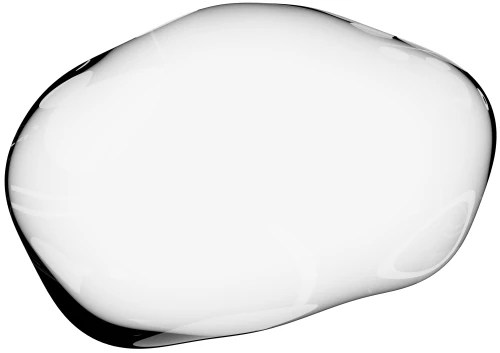Keeping a simple set of achievable goals with the team’s vectors aligned is a learning process for every manager. Google grew into a billion dollar company using OKRs to simplify goals and now companies have adopted both task forces (and squads) as new ways of organising teams to achieve those goals. We’re going to test out Coda spreadsheet, the future of docs, for storing and managing OKRs.
What are OKRs?
OKRs (Objectives and key results) were started at Google and some believe it helped them become the billion dollar company they are now.
They’re a way of managing company objectives by simplifying the key results they need to achieve those objectives.
You have 3 or 4 objectives and each objective has 3 or 4 key results that help achieve that objective.
Here is an example:
Task forces
These are teams organised for a specific purpose.
A designer and an engineer can be part of a task force working within product management as they’re able to contribute to achieving specific goals in that area.
Each person can be on 4 or 5 task forces.
Squads and chapters
We’ll largely be talking about task forces but they seem quite similar to ‘squads’ so this is worth reading too.
For larger companies with multiple teams they can go further with the task forces idea and make it into squads and chapters.
A squad is made up of e.g. an engineer, designer, product manager and quality tester. They focus on a specific goal.
A chapter might be all the engineers from different squads who get together to swap ideas and lessons learned.
See more on Buffer’s product team evolution, including task forces and squads.
What is Coda?
Coda is being called the future of docs because it combines spreadsheets, docs and apps into one.
Right now it’s in the early stages where you can add tables, text and more and then link them up across sections and folders.
The best way to understand it is to get started with it.
Storing OKRs, task forces / squads and chapters in a Coda doc
I’ll create multiple pages to store OKRs and task forces and then link them together.
You can see folders and pages (sections) on the left and the contents of a single page on the right which holds the OKR tables.
In the above image I’ve created an OKRs page and one for task force teams.
In addition, there are OKR and task force guidelines and a separate section for detailed tracking of progress.
This expanded image of an OKR table shows the result, the task force in charge of it and an overall progress bar which we’ll link into the more detailed progress page.
Task forces (which are similar to squads so we’ll use just one term for now) are in a separate section spread across different tables.
I’ve used some fancy names including TechBusters and Glengarry accounts (Coffee is for closers!). Note, this is all a test, we don’t really have these task force names yet at Upscope but it’s an idea!
This is the full OKR progress tracker page.
This tracker goes further into details about the progress of individual key results including stating bottle necks and current status.
Problems?
I’d like to link the progress tracker slide to the main OKR table so that updating one will update the other. This has been quite difficult and I’m not sure I can get it to work with the current formulas and functions available.
Summary of the test
I like the ability to create a single document with many sections and multiple connected tables and text. It mixes up notes and data without being stuck in either.
I guess something like this could be attempted in Word or Excel but it’s not as cleanly built for this sort of experience.
Things to improve?
If tables are core to the product then the ability to link table columns without too much investigating would be great. I need dumbass simple linking.
The user on-boarding for Coda was a complicated process and it would help if they simplified both the examples and layered the learning a little.











